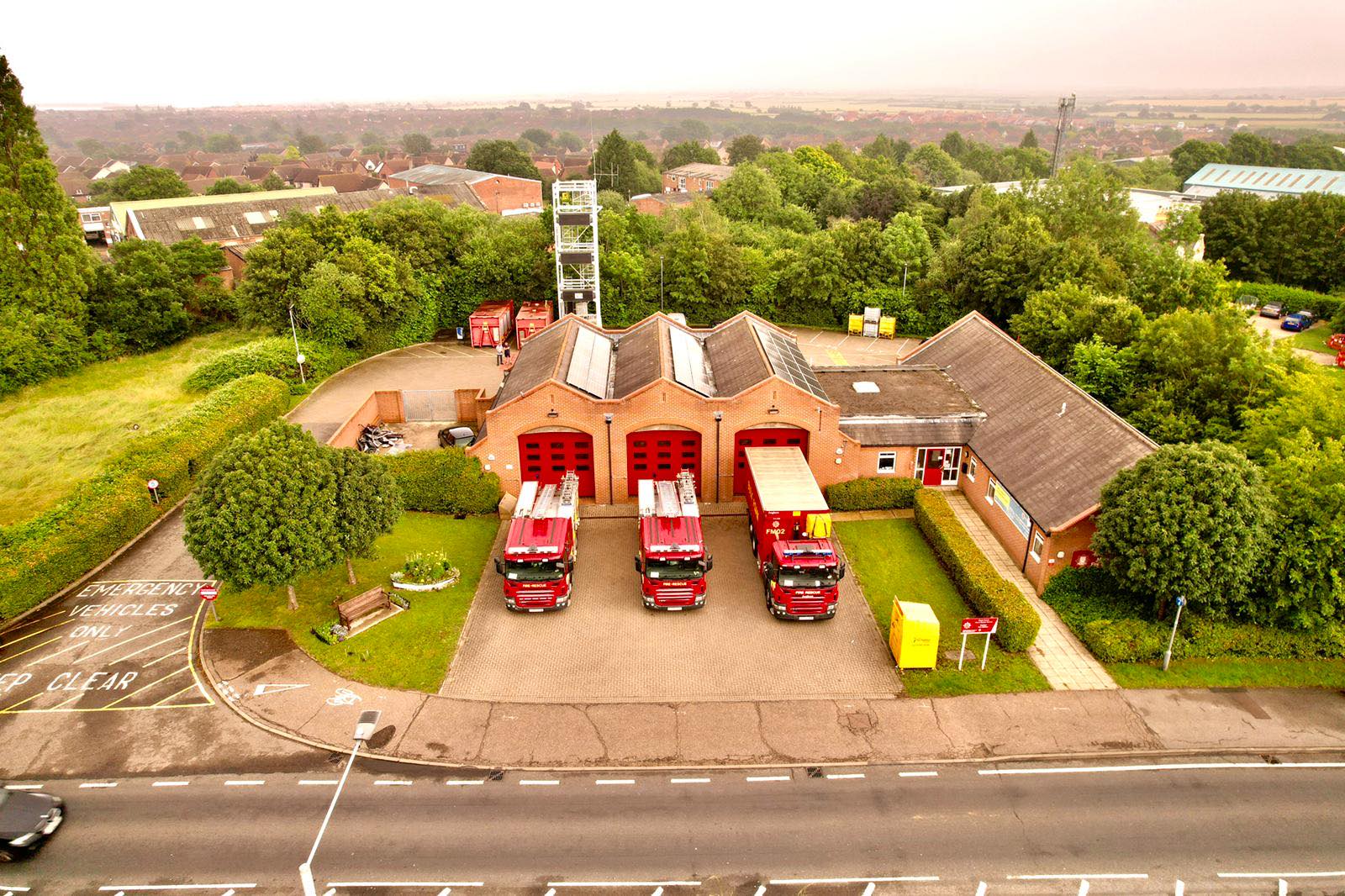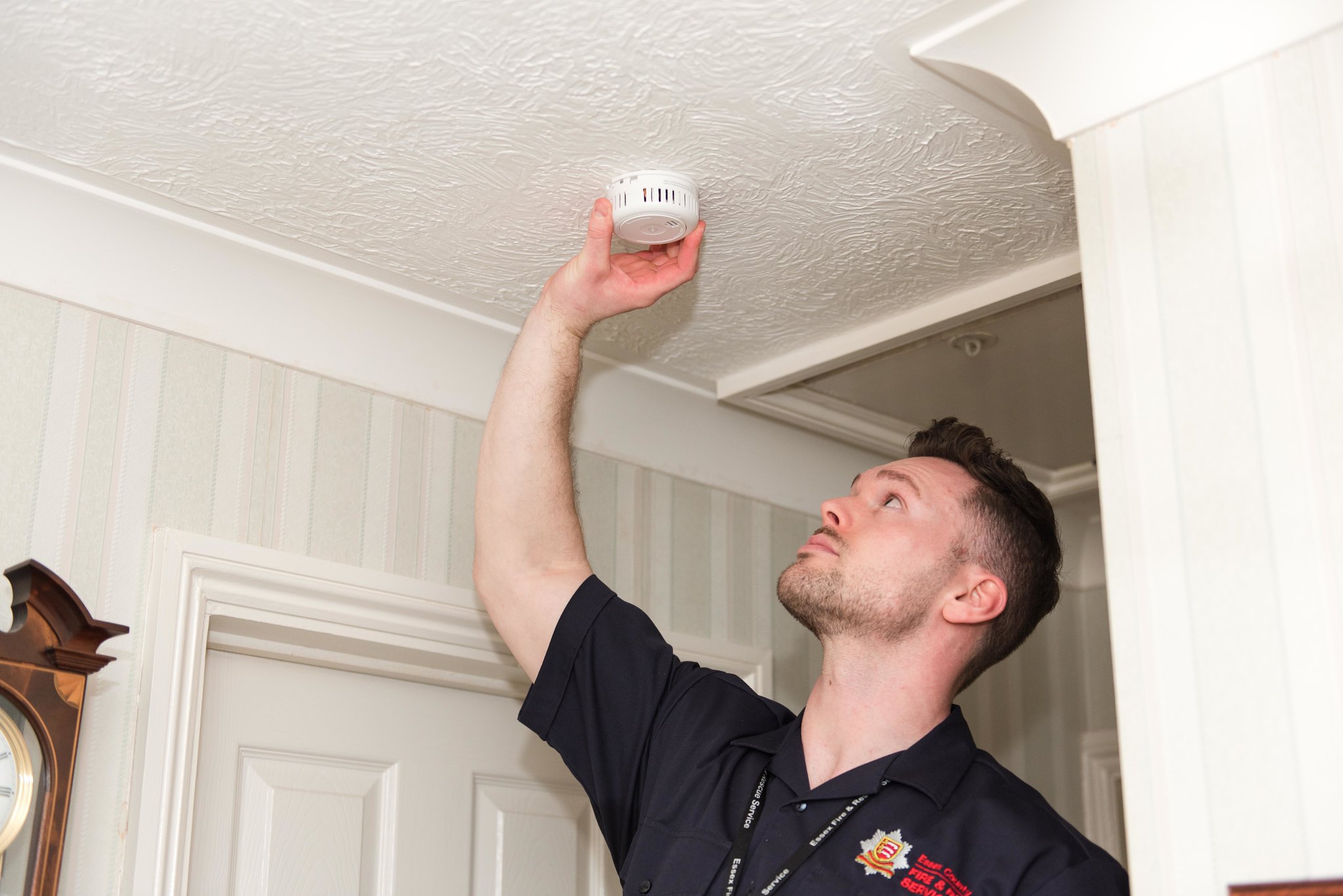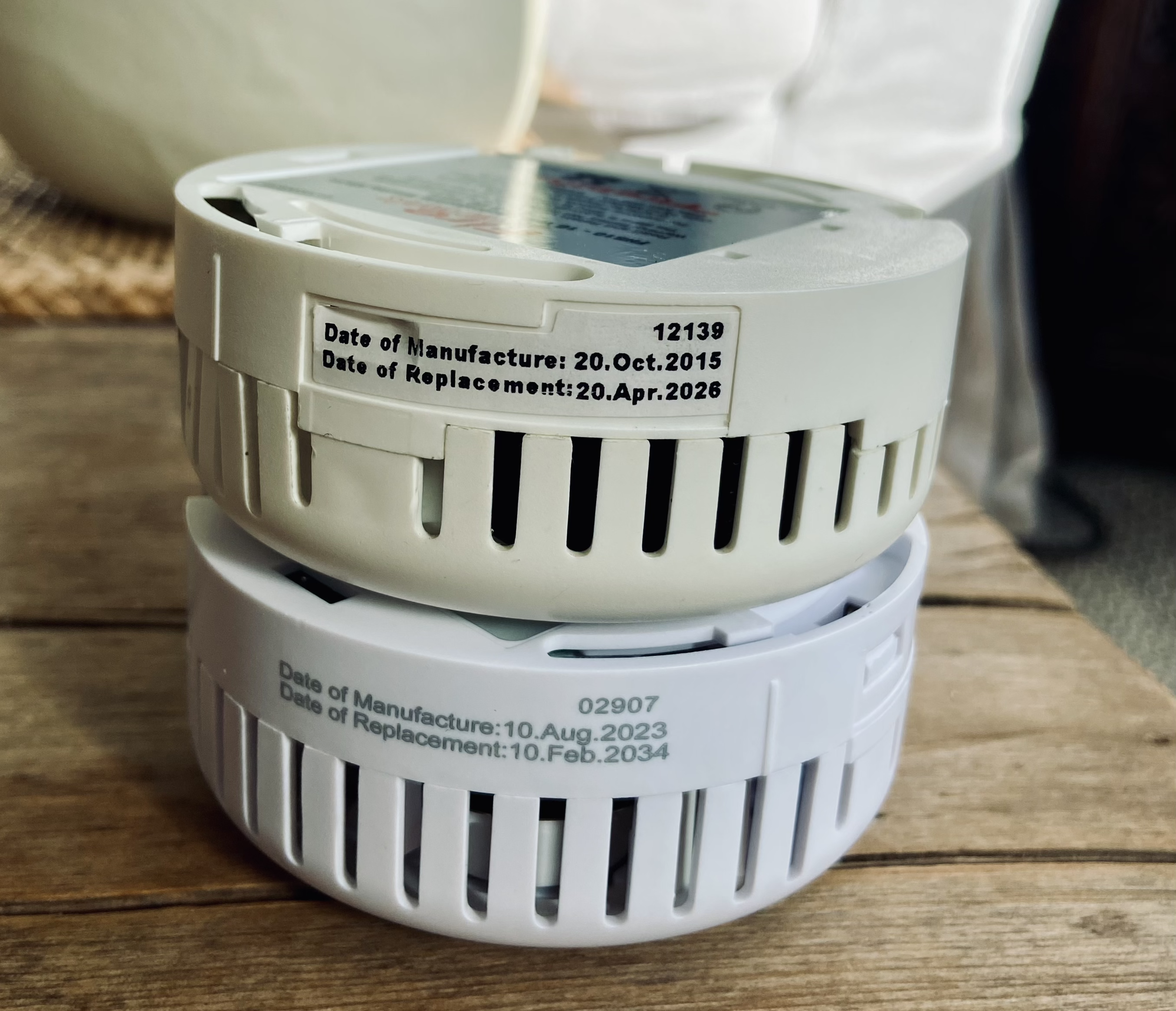A Warning from History
This article will seek to outline a serious failure to warn residents of Southend about an air raid that occurred in August 1917 and resulted in the death of over 30 people including babies and young children. The reasons for this omission have not satisfactorily been explained and still remain a mystery given that there were reasonably effective systems available to warn both the civilians and the military of such an action.
The advent of the Great War exposed the British public to aerial bombardment for the first time in its history. The first attack by an aeroplane was as early as Christmas Eve 1914 when a seaplane dropped a small bomb on Dover with little effect. By the spring of the following year the air war intensified as Zeppelins found their mark. During 1915, Southend and Leigh on Sea civilian services, including the fire brigade in particular, had to deal with a number of Zeppelin raids which were not insignificant and resulted in death and destruction. This was mirrored, not only in London, but in other Essex towns including: Chelmsford, Colchester, Harwich and Maldon. As a counter-strategy developed and the vulnerability of these highly flammable hydrogen-filled craft was better understood more of these terror weapons were destroyed by the Royal Flying Corps (RFC) the Royal Naval Air Service (RNAS), (mainly with the assistance of incendiary bullets) and anti-aircraft artillery. By autumn 1916 Germany incorporated Gothas and, later, Giants into their military (huge, fixed wing bombers which could reach heights of over 21,000 feet) into their military. These aircraft were faster and more manoeuvrable and as such could deliver greater payloads in a far more precise way than Zeppelins. Although much less vulnerable than Zeppelins, Gothas were by no means unassailable and a number were shot out of the sky or crash-landed. By spring 1917 they were no stranger to Essex skies either on their way to London or targeting Essex towns as mentioned previously.
The need to know of imminent air raids was vital if military and civilian services were to react speedily to deal with impending attacks and to give time for the populous to take shelter. Within a relatively short space of time, and to the great credit of the authorities, an early warning system was established throughout the country, the objective being: to warn the population of impending air attacks; to signal the end of an attack; to initiate military counter measures; to inform the civilian authorities in order for them to facilitate rapid and appropriate responses, including warning the general public.
Unlike their Second World War colleagues, the authorities did not have the benefit of radar to warn of approaching enemy aircraft. Instead they very often had to rely on vessels, in the English Channel and North Sea to warn of an imminent attack. Lightships played a vital role, as was demonstrated on 25th May 1917 when the Tongue Lightship spotted Gotha bombers flying over her but the message transfer was delayed for fifteen minutes, which caused a good deal of consternation. The message was finally passed on to Warning Districts, both in the capital and Essex for them to ‘make ready’. Both the military and the civilian services, including fire brigades, would certainly have been alerted, as would the populous often by policemen on bicycles sporting placards round their neck reading “TAKE COVER”.
It was not unknown for Boy Scouts to blow bugles to warn the public and in London maroons were fitted to the roofs of police and fire stations to be detonated when an air raid was imminent (see image below). On the morning of Sunday 21st July 1917 a message went out to London Fire Brigade fire stations and Metropolitan Police stations that Gothas were coming. Consequently the maroons were fired. Mass panic ensued, as the population of London thought the noise of the maroons were bombs exploding. This did, at least, serve to prove that the system worked, albeit a little too effectively as the aircraft had only just crossed the Essex coast at the time the maroons went up. The alarm caused by the mass firing of the maroons prompted a change in early warning procedures. There was a drive by Local Air Raid Emergency Committees, to install air raid sirens and by the end of the year many towns, including Southend, had them up and running, no doubt to the delight of saddle-sore police officers. Londoners were allowed to take shelter in designated buildings in the city, initially at behest of the Lord Mayor, when he allowed the Mansion House to be used as a shelter, but only at individuals own risk. It would appear that the Underground stations were not immediately considered as air raid shelters.
Perhaps the most novel suggestion was tabled in Chelmsford and relayed by a Major Brown on Monday 11th October 1915 to a meeting of the local Special Constabulary (volunteer police officers) at Great Leighs, near Chelmsford. He informed the ‘Specials’ that Chelmsford had got together an
additional group of special constables. The ‘extras’ were to be issued with long poles – padded at one end. Their sole task was to warn inhabitants of the probability of a Zeppelin raid by knocking on their bedroom windows with the padded end of their poles! Major Brown thought this was a ludicrous scheme, as he felt that as soon as the good people of Chelmsford were awoken in such a manner, they would immediately turn their gas lights on and illuminate the whole street in a flash, thus guiding the Zeppelins to the target. This is an interesting suggestion and indicates that the blackout did not exist universally at that time, although Sheffield had an impressive system as early as October 1914. These ideas, although somewhat Heath Robinson (makeshift) in nature, were at least an attempt to warn people of imminent air raids relatively early in the war.
As the frequency of enemy air raids increased it became evident that a more structured nationwide system of warning was necessary as air raids were by no means confined to London, the east and south east England. By 1916 air raid warning systems had improved considerably. The civilian services, again including fire brigades, would be notified by telephone via the police of the Field Marshal’s warnings issued from Horse Guards in London, which possibly originated from local Warning Districts. The Field Marshal’s warning presumably alluded to Field Marshall Sir John French who then was GOC Home Defence. A common sequence of this form of order, read:
Take air raid action --- Standby --- Country clear of hostile aircraft
As early as December 1915 Southend fire brigades Occurrence Registers were recording Field Marshal’s warnings, telephoned to the fire brigade by the local police. Warnings were frequent throughout 1916 and 1917, as were test calls made to check telephone lines; all were documented in the Occurrence Register of both Southend and Leigh fire stations. Given all the measures that had been put in place there was no reason whatsoever why the people of Southend and Leigh should not have been warned of any impending air raid either by Zeppelins or fixed wing aeroplanes.
On Sunday 12th August 1917 Lieutenant Walter Georgii the commander of a Gotha bomber fleet was tasked to raid London. The weather was unseasonably stormy and a strong west-south-west wind slowed the progress of the thirteen Gotha bombers which were intent on bombing and testing the new developments in Home Defence warning systems. The London Air Defence Area (LADA) Operations Room was informed that enemy aircraft had been spotted over Felixstowe and duly sent warnings to the RNAS, RFC scout (fighter) squadrons and anti-aircraft batteries of their presence and by 17:00 scouts were up in numbers and engaged the enemy but did not materially halt their progress. Nevertheless, the Gothas, led by Georgii, were forced to abandon the attempt on London due to bad weather, he then decided to attack secondary targets, Southend being one of them.
Leigh fire station picked up a Field Marshal’s warning at 17:23 – “Take air raid action – Standby”.
At 17.45 when the Southend was still full of holidaymakers, nine enemy Gothas aircraft were seen by Inspector Baker of the Southend police approaching the town from the north east. A red light from Georgii’s craft signalled the attack to commence. At about 17:55 the first of the 40 bombs started to fall and the most devastating raid on Southend was about to unfold. Intriguingly, the Leigh section of the Southend fire brigade was not called out and there is no record of this raid in Southend’s Tylers Avenue Central Fire Station’s Occurrence Register which is unexpected given the circumstance. Further, there is no formal record of the fire brigade being called out. This could be because there is no record of fires in the town, though this would be surprising as many buildings were damaged and gas mains were fractured Thirty two people were killed in Southend during that air raid, including nine children, with 43 injured. At 18:33 Leigh fire station received the Field Marshal’s message – “Country clear of hostile air craft”. It is interesting that the message alluded to “country” and not “county” this provides clear evidence that these messages were in fact transmitted across the nation.
The following Monday Mr C. Edgar Lewis, the coroner, held the inquest into the air raid. There was a very strong feeling that lives could have been saved had there been a proper public warning system in place. Mr Victor O’Sullivan gave very emotional and harrowing evidence after identifying his ten year old son’s body. He was in tears and the Coroner invited him to sit down and he retorted, “I shan’t sit down! They are scoundrels down here, murderers! They are responsible for my son’s death”. The inference was that it was the local authority and not the Germans that was responsible for his son’s death. The police informed the Coroner that steps had been taken to warn people to take cover. The Coroner simply asked what they were. “Only by telling them by word of mouth. The warning is given by various officials in different parts of the borough ... all police stations, the hospital, and the railway stations are warned”, was the reply from the police. There was no mention of warning fire stations. A very significant contributory factor for the disaster was that the borough’s siren had been “discontinued two years ago”. The incomprehensible and rather flimsy reason for this was that it was felt that there was more danger by it being sounded as Zeppelins were attracted to the town by the noise of it. Perhaps they had not grasped the notion that Zeppelin raids, by 1917, had been largely replaced by fixed wing bomber raids! The Chief Constable concluded by stating that the subject of warnings was under consideration. Seemingly the only warning citizens received on that day were those using electric lighting, as the lights went out when the power was turned off.
Having heard all the evidence, the jury retired for some considerable time to deliberate. Unsurprisingly they finally recorded a simplistic verdict that the deaths and injuries were caused by bombs being dropped from hostile aircraft. They added that the raid was inexcusable there being a complete absence of anything of military importance in Southend, (notwithstanding the large military establishment at Shoebury Barracks and the RFC aerodrome at Rochford). They also wished to record that the police duly applied the existing warning system, but if the system was to become more effective it would need to be enlarged. Further, they expressed their sympathy with the bereaved and injured.
An equally perfunctory response came from the House of Commons the following day. Mr Noel Pemberton-Billing M.P., a colourful member and an experienced aviator and RNAS officer asked whether the Government had any power to insist that a system of air raid warning be introduced to
any given town in England, or whether it was left to local authorities, and whether attention had been drawn to the casualties which occurred at Southend on Sunday, which would have been avoided had warning been given. He pointed out that the authorities had over half an hour to give the warning and none was given. Mr Bonar Law (Leader of the House and later Prime Minister) replied, “I really don’t know what the powers are but I shall discuss the matter with the Home Secretary”.
Understandably the town’s residents were so incensed by the abject failure of the authorities that thousands protested outside the Technical School the following Monday, vilifying the Mayor for not issuing a warning that could have saved many lives and urged the Government to “undertake reprisals”. It is unclear if the “reprisals” were meant for the Germans or the council!
It is folly to judge historical events by today’s standards. Nevertheless, it is difficult not to equate the cursory findings of the inquest and the response to the parliamentary questions tabled by Noel Billing to Bonar Law with the hue and cry disasters, such as Grenfell Tower, engender today. The notion of culpability and roles and responsibility would most certainly be stringently examined in a modern inquest or public inquiry and it is not unreasonable that corporate manslaughter charges might well be pursued if circumstances deem it necessary, which stemmed from the Herald of Free Enterprise disaster in March 1987.
The failings of the authorities on that fateful day in Southend were clear for all to see. A generic warning was not given even when it was known that a considerable fleet of enemy aircraft was approaching the town – there was enough time to give one. The police only informed specific locations i.e. the railway station, hospital and police stations but not the Central Fire Station, nor the general public who did not have adequate time to find shelter. Given the town’s siren had been “discontinued”, did the police circulate and inform to the public in the well-tried manner? The only evidence that Southend Fire Brigade or the Leigh on Sea section were deployed is from a newspaper article stating the brigade turned out “to attend the injured and to remove the dead, and with their hose they washed away the blood”, (The Death of Captain Harvey, Chelmsford Chronicle, Friday 9 November 1934). This would indicate involvement after the raid had taken place and not before or during. At the very least it would seem the authorities exhibited a rather laissez-faire, if not negligent, approach to air raid warnings and it would appear that this approach continued after the event when the inquest’s jury proposed a cursory solution to the problem, namely, “... if the system was to become more effective it would have to be enlarged”. It seems apparent the system was defective and to enlarge it would simply magnify inherent problems. Both Southend and Leigh fire stations continued to receive Field Marshal’s warning and tests, the final one was received at the Central Fire Station (in test form) at 19:05 on 9th October 1918. Southend fortunately did not have to endure an air raid of similar intensity to that of the 12th August 1917; if they had, one can only hope the authorities had learned their lesson and as a result had established an effective air raid warning system to protect its citizens.
By Mick Ford
All Fired Up’ is a series of articles written by our Museum volunteers about the history of the fire service in Essex.
Volunteers spend many hours researching the collection, often uncovering untold stories and finding interesting facts that would otherwise be lost.
To share these invaluable snippets of history with you we are making some of this research available. Read the full list here.


